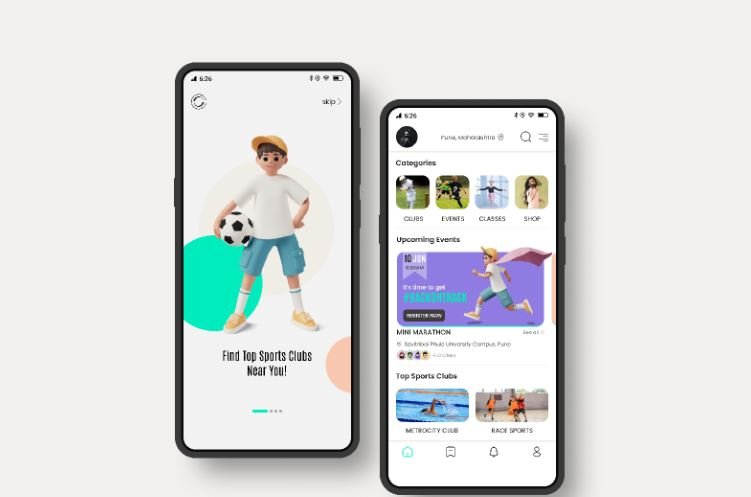Testing strategies for mobile apps are crucial for ensuring a seamless user experience and reliable performance. Effective testing helps identify and resolve issues before the app reaches users. In this post, we will explore essential testing strategies for mobile apps, highlighting methods and practices that can enhance app quality and performance.

1. Implement Comprehensive Test Planning
Start with a detailed test plan that outlines the scope, objectives, and resources required for testing. A comprehensive test plan ensures that all aspects of the app are covered, including functionality, usability, and performance. Establish clear goals and timelines for each testing phase to keep the process organized and efficient. Transitioning from planning to execution, ensure that every team member understands their role and responsibilities.
2. Conduct Functional Testing
Functional testing focuses on verifying that the app’s features work as intended. This involves checking the core functionalities, user interface elements, and interactions. For example, test scenarios should include user logins, data inputs, and navigation flows. Functional testing ensures that each feature operates correctly and provides the expected results. Use various devices and operating systems to ensure compatibility and consistency.
3. Perform Usability Testing
Usability testing evaluates the app’s user experience and interface design. Observe real users as they interact with the app to identify any difficulties or confusion they encounter. Gather feedback on the app’s layout, navigation, and overall ease of use. Usability testing helps improve the app’s design and ensures that users can achieve their goals efficiently and effectively.
4. Execute Performance Testing
Performance testing assesses how the app performs under different conditions, such as varying loads and network speeds. Key performance metrics include response time, resource usage, and scalability. Test the app’s performance during peak usage times to identify potential bottlenecks or issues. Performance testing ensures that the app delivers a smooth and responsive experience, even under heavy load.
5. Conduct Security Testing
Security testing identifies vulnerabilities and potential threats within the app. Test for common security issues, such as data breaches, unauthorized access, and data encryption. Ensure that user data is protected and that the app complies with relevant security standards and regulations. By addressing security concerns early, you can prevent potential breaches and protect user information.
6. Perform Compatibility Testing
Compatibility testing ensures that the app functions correctly across various devices, operating systems, and screen sizes. Test the app on different models of smartphones and tablets to verify that it works seamlessly on all supported devices. Compatibility testing helps identify any issues related to device-specific features or platform differences, ensuring a consistent user experience.
7. Execute Regression Testing
Regression testing involves re-testing the app after changes or updates to ensure that new code does not introduce new issues. Whenever developers make changes or add new features, perform regression testing to verify that existing functionality remains intact. This strategy helps maintain the app’s stability and prevents the introduction of new bugs.
8. Implement Automated Testing
Automated testing involves using tools and scripts to perform repetitive testing tasks. Automated tests can quickly execute a large number of test cases, increasing efficiency and coverage. Implement automated testing for tasks such as functional tests, regression tests, and performance tests. Automated testing helps speed up the testing process and ensures consistent results.
9. Use Beta Testing
Beta testing involves releasing the app to a limited group of users before the official launch. Beta testers provide valuable feedback on the app’s performance, usability, and features. Use beta testing to identify any remaining issues and gather insights from real users. This feedback helps make final adjustments and ensures a smoother launch.
10. Incorporate Continuous Testing
Continuous testing integrates testing into the development process, ensuring that quality is maintained throughout the app’s lifecycle. Implement continuous testing practices to identify issues early and address them promptly. Continuous testing involves automating tests, integrating testing tools, and maintaining a robust testing environment to support ongoing development.
11. Perform Exploratory Testing
Exploratory testing involves exploring the app without predefined test cases to identify unexpected issues. Testers use their creativity and experience to discover potential problems that automated or scripted tests may miss. Exploratory testing helps uncover hidden bugs and provides a deeper understanding of the app’s behavior.
12. Utilize Cloud-Based Testing
Cloud-based testing allows access to a wide range of devices and environments through cloud platforms. This approach enables testing across various device configurations and operating systems without maintaining physical hardware. Cloud-based testing provides flexibility and scalability, making it easier to test the app in diverse conditions.
13. Monitor Real-World Usage
After the app’s release, monitor real-world usage to track performance, user behavior, and any emerging issues. Use analytics tools to gather data on app crashes, user interactions, and performance metrics. Monitoring real-world usage helps identify and address issues that may not have been detected during pre-launch testing.
14. Review and Iterate
Regularly review the testing results and iterate on the testing strategies based on feedback and findings. Continuously update the test plan to reflect changes in the app and address new challenges. Iterative testing ensures that the app remains high-quality and performs well as it evolves.
Conclusion
Effective testing strategies are vital for developing high-quality mobile apps that deliver exceptional user experiences. By implementing comprehensive test planning, conducting various types of testing, and leveraging automation and cloud-based tools, developers can ensure their apps are reliable, secure, and performant. Regular review and iteration further enhance testing processes, leading to successful app launches and satisfied users.




